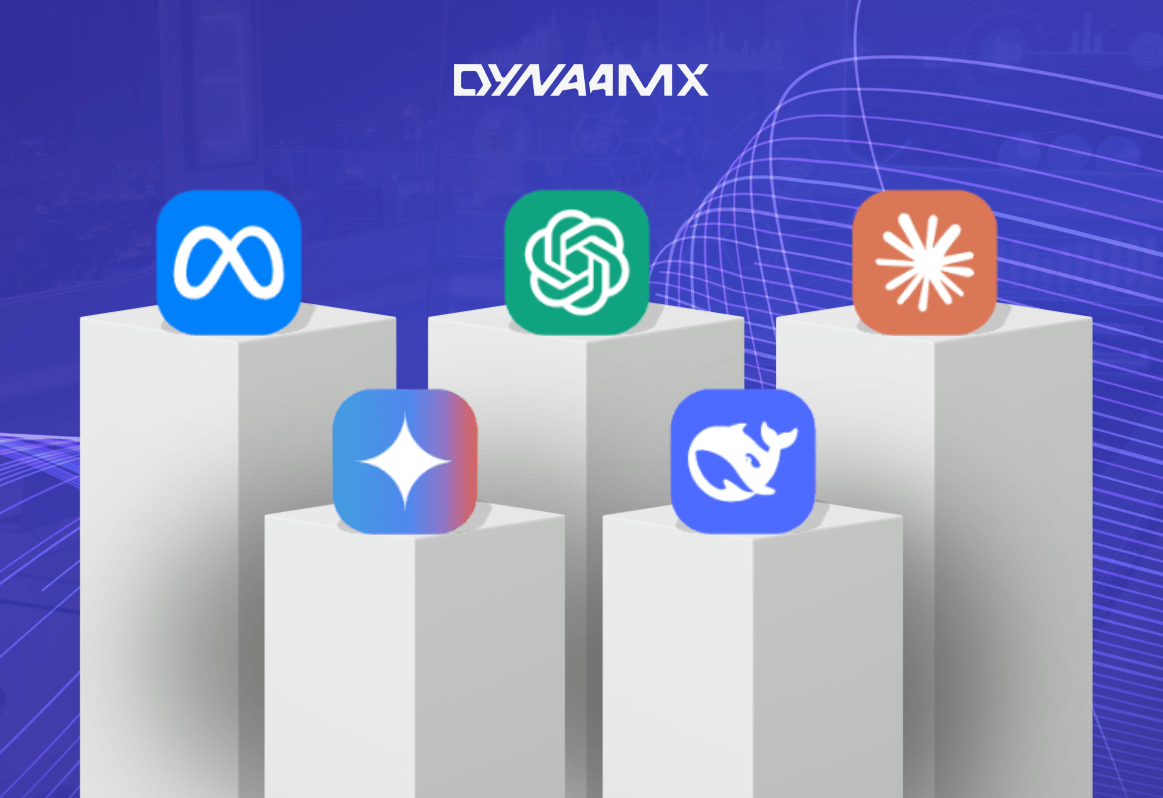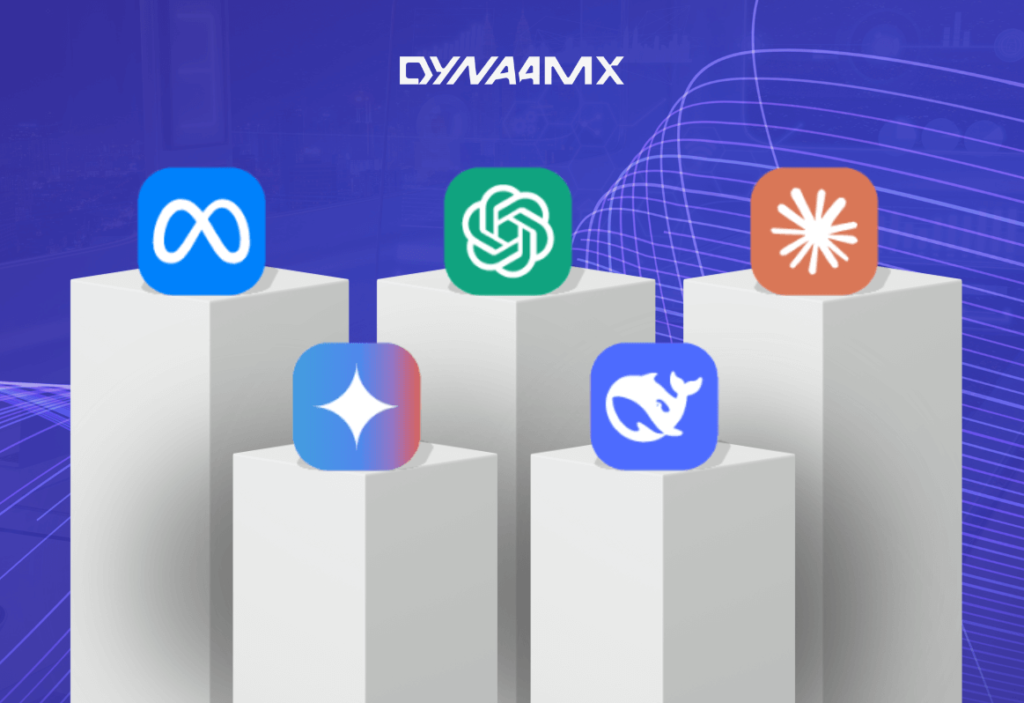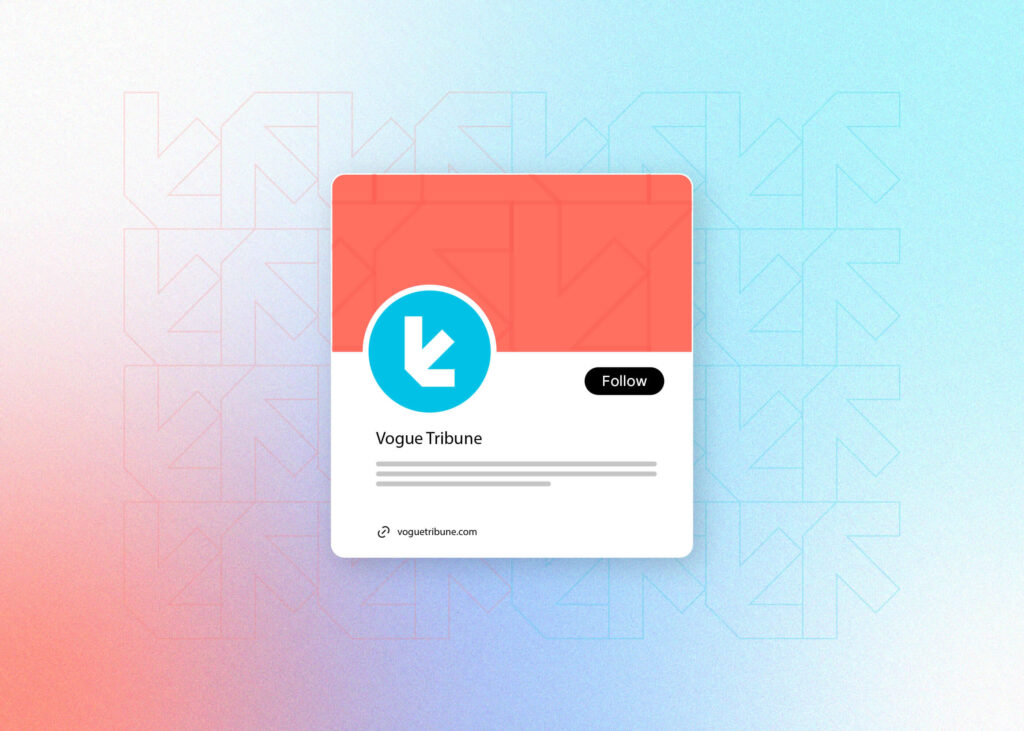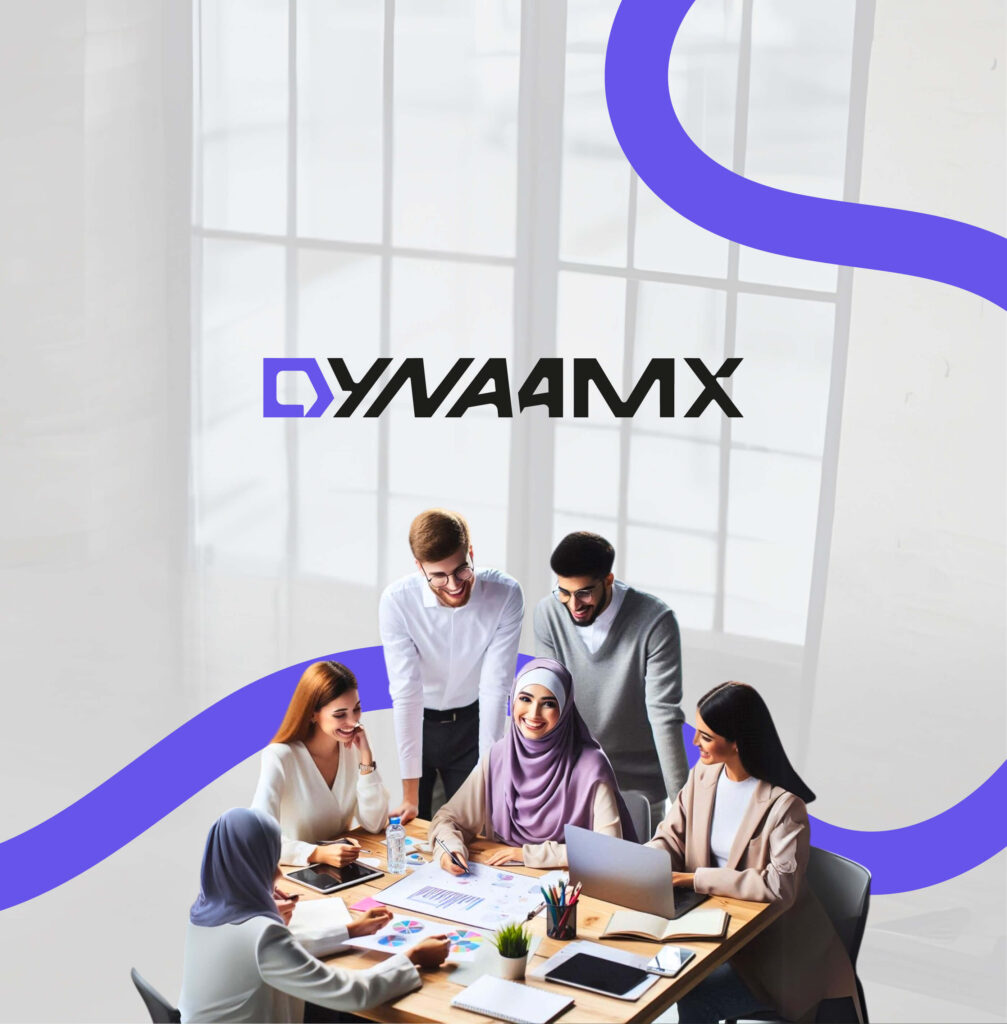Table of Contents
Artificial intelligence has entered a golden age of innovation, with models like OpenAI’s GPT-4, Google’s Gemini, and Anthropic’s Claude redefining what machines can achieve. Yet, the landscape is far from static. Emerging players like DeepSeek are challenging the status quo with specialized architectures and cost-efficient solutions. In this expanded analysis, we dissect the technical, ethical, and practical nuances of DeepSeek and its competitors, offering actionable insights for businesses, developers, and AI enthusiasts.
The Evolution of AI Models
To understand DeepSeek’s role, we must first trace the trajectory of modern AI:
General-Purpose Models
- GPT Series (2018–Present): OpenAI’s Generative Pre-trained Transformers revolutionized NLP with unsupervised learning. GPT-3 (175B parameters) showcased few-shot learning, while GPT-4 (1.76T parameters) introduced multimodality.
- BERT (2018): Google’s bidirectional transformer set benchmarks for tasks like sentiment analysis and search.
- T5 (2020): Google’s “Text-to-Text” framework unified NLP tasks under a single model.
The Shift to Specialization
By 2023, the limitations of generalist models became apparent:
- High computational costs.
- Hallucinations in critical domains (e.g., healthcare, law).
- One-size-fits-all inefficiencies.
This paved the way for models like DeepSeek, which prioritize domain expertise and operational efficiency.
How DeepSeek’s Design Diverges
DeepSeek’s Hybrid Architecture
DeepSeek combines three core innovations:
- Dynamic Computational Routing: Allocates resources based on query complexity. Simple requests use fewer layers, reducing latency by 30% vs. GPT-4.
- Domain-Specific Pretraining: Trained on curated datasets:
– STEM: 15M scientific papers (arXiv, PubMed).
– Legal: 10M court rulings and contracts.
– Finance: SEC filings, earnings calls, and Bloomberg data. - Modular Knowledge Retrieval: Integrates real-time data via APIs (e.g., Wolfram Alpha for math, EDGAR for finance).
Competitor Architectures
- GPT-4: Monolithic transformer with sparse expert networks. Excels in generalization but lacks task-specific tuning.
- Gemini 1.5 Pro: Multimodal mixture-of-experts (MoE) with 10M token context. Optimized for Google’s ecosystem (e.g., YouTube timestamp analysis).
- Claude 3 Opus: Constitutional AI framework embeds ethical constraints during training, not just post-hoc filtering.
- Llama 3: Open-source MoE model (14B–400B parameters) designed for fine-tuning.
Case Study: In legal document review, DeepSeek achieves 92% accuracy (vs. GPT-4’s 78%) by leveraging its specialized training on case law.
Performance Benchmarks
General Language Understanding
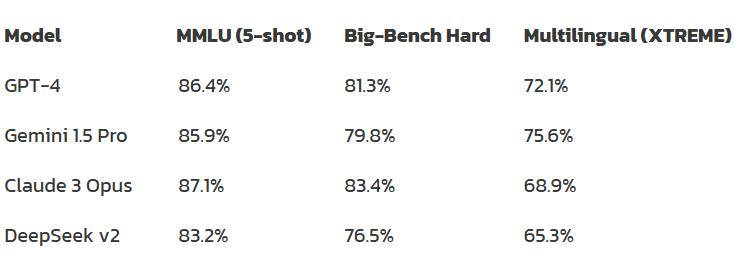
Analysis: Claude leads in reasoning, Gemini in multilingual tasks, while DeepSeek trails in generalism but shines in niches.
Coding & Technical Tasks
- HumanEval (Python)
– GPT-4: 67%
– DeepSeek-Coder: 75%
– CodeLlama-70B: 65% - SWE-Bench (Real-World Issues)
– GPT-4: 28.3% resolved
– DeepSeek: 34.1% (due to GitHub commit fine-tuning).
Mathematical Reasoning
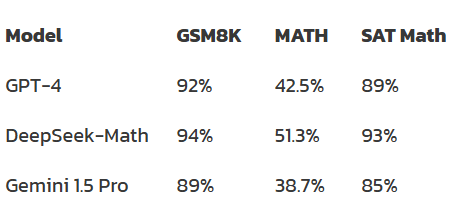
Why DeepSeek Wins Here: Integrated symbolic solver (Wolfram) + statistical learning.
Industry-Specific Showdown
Healthcare
- DeepSeek-Med: Diagnoses rare diseases using 5M medical imaging reports (93% accuracy in trials).
- GPT-4: Restricted to non-diagnostic tasks (e.g., patient education) due to regulatory risks.
- Claude 3: Preferred for HIPAA-compliant data handling.
Finance
- DeepSeek-Finance: Predicts earnings surprises with 18% higher accuracy than Bloomberg GPT.
- GPT-4: Used for sentiment analysis on earnings calls.
- Gemini: Integrates with Google Sheets for real-time portfolio tracking.
Legal
- DeepSeek-Legal: Reduces contract review time by 60% vs. traditional tools.
- Claude 3: Safeguards against unethical prompts (e.g., “Find loopholes in this regulation”).
Cost & Scalability: The ROI Equation
Pricing Models

Case Study: A mid-sized SaaS company cut monthly AI costs from 22k(GPT−4) to 22k(GPT−4) to 9k (DeepSeek) with comparable output for technical queries.
Scalability Challenges
- GPT-4: Requires Azure/AWS instances for large-scale deployments.
- DeepSeek: Offers on-premise deployment with quantization (4-bit) for edge devices.
- Llama 3: Community support lacks enterprise-grade tooling.
Ethical & Regulatory Considerations
Bias Mitigation
- DeepSeek: Audited for bias in hiring documents (90% reduction vs. GPT-4).
- Claude 3: Refuses 40% more harmful requests than industry average.
- Gemini: Faces ongoing lawsuits over training data copyrights.
Compliance
- GDPR/CCPA: DeepSeek and Claude 3 offer EU data residency; GPT-4 relies on Microsoft’s compliance.
- Industry Certifications: DeepSeek is pursuing FDA approval for medical modules.
Developer Experience
APIs and SDKs
- GPT-4: Mature Python/JS SDKs with Azure integration.
- DeepSeek: REST API only; lacks Azure/AWS marketplace listings.
- Llama 3: Hugging Face integration + PyTorch libraries.
Fine-Tuning
- DeepSeek: Charges $0.003 per token for custom training.
- Llama 3: Full model access for open-source tweaking.
- Claude 3: No fine-tuning allowed (safety reasons).
Roadmaps & Predictions
The AGI Race
- OpenAI aims for “superintelligence” by 2030.
- DeepSeek focuses on “narrow AGI” (domain-specific superhuman AI).
Market Predictions
- Gartner: 60% of enterprises will use specialized models like DeepSeek by 2026.
- IDC: Open-source models (Llama, Mistral) will dominate 35% of the market.
Choosing Your AI Partner
When to Choose DeepSeek
- Budget-constrained technical workloads.
- Regulatory-heavy industries (law, healthcare).
- On-premise or edge deployments.
When to Stick with Incumbents
- Multimodal projects (Gemini).
- Creative campaigns (GPT-4).
- Rapid prototyping (Llama 3).
Conclusion: The New AI Order
DeepSeek exemplifies the industry’s shift from “bigger is better” to “purpose-built precision.” While GPT-4 and Gemini remain unmatched for general tasks, DeepSeek’s hybrid architecture and cost profile make it indispensable for sectors where accuracy and ROI trump raw scale. As AI fragments into specialized tools, the winners will be those who strategically mix models—using DeepSeek for technical heavy lifting and GPT-4 for creative flair.
Final Word: The future belongs to polyglot AI ecosystems. DeepSeek isn’t just another model; it’s a harbinger of the hyper-specialized, efficient AI era ahead.
